Leaderboard
Popular Content
Showing content with the highest reputation on 10/31/19 in all areas
-
so... do a sketch of what you want ..! also, do a few floor plans of what you, your wife and your kids want and need from the house. Just a cheap A3 pad with felt tips will do, and then find a good AT and say “make these work...!!” You need to decide what is good and right for you - start there and you’ll have less issues. Also, from a cost perspective .. 1. square boxes are cheap to build 2. glass is 5x the cost of wall 3. curves are 3x the cost of straight 4. flat roofing can be cheaper but is very difficult to get right unless you pay the right contractor 5. an hour a day on site in the morning with the trades will pay dividends 6. an hour an evening tidying and sweeping up on site means you’ll spot things and can fix issues early 7. plan floor surfaces carefully - costs can soon add up 8. do the jobs you can really do to save money - if you’re not a plasterer, pay someone else ! 9. a cheap kitchen or bathroom can be replaced down the line - cheap insulation can’t be so fabric first 10. Children can be trained to use a brush from an early age ... see No.6....3 points
-
sod screed ... isn’t this a work room for you ..?? 90mm PIR with a floating floor of 22mm chipboard, that’s 102mm finished and a gnats nadger above your black DPM so you’ve still got 2.2m ceiling height all bar the fighting.2 points
-
How old are your kids? We moved into a caravan on site with ours aged 8 & 10 and moved into the new house just before the oldest started senior school. They loved it to be honest, we muddled through but was not as bad as you'd think - in fact our van had more floor space than the sister in law's new build flat in London. We were 10 years older than you when we started and both working full time - I was lucky in that I did not need to go to office every day but was in and out of London regularly, week long trips internationally etc. Totally understand that your other half is not keen (and that is important) but if your budget really is that tight then you need to be prepared to make some significant but short term sacrifices to achieve your goal. If your plot is really 7 mins from your existing house then that's hardly insurmountable logistics for getting to and from work, parents etc. I know our pre-design budget more or less doubled but we stayed close to £1500 / m2. There are a lot of non build costs that you need to factor in, professional services being the main one, but also utility connections, access, landscaping etc. Take all that out and divide by £1250 (being generous) and see how many m2 you can get away with. A professional PM will want 10% of build budget, a general contractor will add a similar overhead to the build cost. How much is your rent / mortgage per month? Times that by 12 (or 18) and that's money you can spend on the build. A decent 12ft x 40ft caravan can be got for a few thousand and sold on for the same at the end of the project, ditto a big site container for your stuff. Our 18 months of caravan accommodation had a net cost of £1250 which was £70 per month. Even a two bed flat in our town would have been the guts of £1500/month. We even made a profit on the container If you were very wealthy then you could commission a turnkey built house, maintain an un-interrupted life style and waltz in when it was complete without ever getting mud on your shoes , otherwise...2 points
-
I would say that the biggest risk is under the ground; foundations and services. get them done and breath a sigh of relief; majority of risk removed. I think the only major residual risk is if you haven't firm priced something like glazing which can be very expensive depending on spec. electrics and plumbing might overspend, but not by a lot in the scheme of things. that's my list anyhow:- groundworks, services, foundations and then its manageable and not scary risk and you will be able to get a proper feel for the final cost. As an aside for our 160m2 house we have spent 27k on groundworks, 26k on foundations, 22K on steel to form posts / substructure and 8k on services. so that's £83K to be ready for the building to go up; and this doesn't count professional services and we did drive the costs down as much as possible. But then this wasn't unexpected as the site is a bugger and the groundworks included installing a publicly accessible turning head (don't ask). It will be another £100K to watertight (including glazing / roof / stairs) an then onto internals.2 points
-
@JSHarris so 1200 budgeted but a knowing and controlled increase for upgraded finishes rather than surprises @Christine Walker and @Redoctober I seems to make much better sense to do this, i just wasn't quite sure how to allow for the labour which seems such a large chuck of unknown. albeit plumbing I will do myself along with MVHR, ASHP. @Thedreamer For us, we plan on moving back in to our let flat but we have two young kids and albeit better than a caravan..its not somewhere i want to spend two years. Not for a point of rushing but actually to limit the interest on the loan from buildstore. In saying that it will be fairly limited to £150k to complete build. Originally we wanted to stay in current house but selling it frees up £140k...so better that than paying heavy interest. @Thedreamer m2 I suppose doesn't matter to me. However the overall planning of a budget at early stages it is required to quantify what you can and cant do and an estimate of the house size you can build to allow you to start that plan. Ultimately final value to us doesn't matter as we will build this as our forever home but still I would like it to be worth more than it costs me to build it! @ThedreamerYes cashflow is a major factor which I am planning for , but ultimately it doesn't matter to the cost per m^2 budget value (with the exception of avoiding paying VAT on goods by getting through builder whilst incurring a premium for said service). so it doesmatter...but not relevant to my query if we like... @AliMcLeodI'm hoping that most people do it the way i do it. Really in my mind only build from bare ground to a completed house should be included which includes all material and labour Plot, services, professional fees etc should be excluded. I suppose there should be notes on foundations complexities and finish levels as they are major factors but that should help with reasons for figures that are well off the median line. @AliMcLeodYes - thats already done along with all the planning for trenching etc, along with sewage treatment plant, road etc. it's a high cost for me at around 40-50k to get everything ready to start works but it's known costs which can allows me to mitigate them from the outset. @SteamyTea i consider m^2 prices to be once you have had your vat back. A final point of what it actually costs you. It shouldn't affect the price but if the unforseen happens then what happened was my query But realistically...if you do you homework and plan appropriately then theoretically you will never use that contingency. @redtop Lord have mercy........were you building on a cliff?! I have a large open flat plot..albeit you can never be complacent. I am hoping the risk is minimised.......picture attached. I can't tell you how long it's taken me to write this reply. But thanks so far for all the input.1 point
-
If it's like my Landy slave, you ignore the leaks (what's another fluid drip from a landrover) and top up the reservoir regularly. Back to contingency. I can understand that concept if you have to borrow money so you work out how much you need and add a contingency and that is what you try and borrow. But ours was in theory being funded by assets, so we have what we have and are not borrowing. So the build will cost what it costs with just the desire to not to waste money and achieve value. So we set out without an accurate budget and no concept of contingency and that is how it is still. Remember the old saying, cheap, good and fast, you can only have two. We have opted for cheap and good and now in the 5th year.1 point
-
We dug 3.5m for basement and that felt deep. The survey was 10m probes and 5m cores.1 point
-
Can I hear wedding bells? Or will it be a ménage à trois with @zoothorn, @Onoff and @pocster?1 point
-
Check the terms of the contract as sometimes full payment is the trigger point at which ownership is transferred. If that's the case I think the administrator should release them. Perhaps taking the administrator to the small claims court would get things moving?1 point
-
1 point
-
Four acre plot could potentially mitigate a bit of the risk with groundworks, losing your muck away costs. Just a small thought!1 point
-
1 point
-
We didn't work on a cost /m2. We had a budget based on what the house would be worth when finished and what the site was worth. We didn't want to lose money on the build but we weren't looking to make a profit, it was supposed to be a enjoyable project ?. We researched different foundation types, timber frame types etc and costed them. We always used the highest cost knowing we should be able to improve on that. For instance stairs quotes came in at between £3000 and £30000. You can always cut back on kitchens and bathrooms and our stairs came in at the lower end of our quotes. We ended up paying just under our budget. There is a lot of leeway on second finish costs.1 point
-
1 point
-
Monthly accommodation cost x number of months the build takes = savings (assuming fixed cost of living on site)1 point
-
The McAlpine pan connector arrived today. In spite of what I hoped, the end that goes into the pipe was not removable, and it was too long to use as it is. I must have ordered the wrong one? Those "fins" are moulded directly into the pipe. Not to be deterred I got creative. I shortened it (losing the fins) and instead used the sealing set from the old failed pan connector: We got there in the end.1 point
-
I found that SAP over-estimated our heating energy use by a factor of about 1.5. Whether that's just the way SAP works, or because we're in a relatively sheltered location, which tends to be a bit warmer than is typical for the area, I'm not sure.1 point
-
The small print on most paperwork for these sort of things says that title doesn't transfer until the goods have been paid for in full. It's funny how the inverse doesn't seem to apply; once you've paid for the goods they don't seem to become your property. Shouldn't it be that if the administrators dispose of the specific goods you've paid for, and therefore own, to anybody else it's straightforward theft. A lot more complicated when it's only a deposit which has been paid or you've paid in full but the goods aren't yet on their premises (e.g., on order from or waiting to be ordered from their suppliers).1 point
-
I would have been happy with a Howdens kitchen But my wife had other ideas While the German kitchen and bathrooms look good three times as good I’m not convinced Deciding finishes and fittings up front would have made things much easier Had we brought contractors or a company in They would have walked off the job Several times1 point
-
1 point
-
Yes I wondered about that. I have a couple of friends who have just been hit by this. Paid for equipment (not build related) up front. Made to order. They were then contacted by the company to pay for the items to be delivered as their order was ready to be dispatched and on paying the company went into administration. They are not being allowed access to the equipment despite being ready to dispatch (allegedly). So it seems that what should happen, doesn’t.1 point
-
We never calculated the cost at m2 until the end, we priced up everything before starting, we had the tradesmens prices for each stage set in stone, we knew exactly from the engineers report what the foundation would be and what materials we needed. We priced up everything before starting and pretty much stuck to the budget. We parted company with the builders near the end and had to get another joiner but still within budget, I think the only thing that cropped up that we were unaware of was finding a spring in the grounds and having to get machinery in and extra drainage to deal with it. Our biggest surprise was the electric supply which we had somewhat taken for granted but eventually managed to sort out.1 point
-
(refrains from posting Lolcat with piece of string) I would suggest 15%, or even 20%, if you are doing groundworks etc, but build in some variability in your plans for finishes and plan to use part of it for unexpected upgrades if you have not needed it earlier.1 point
-
We have just finished our build of 284 m2 We came in at 830m2 complete We allowed for a 1000 m2 If we had been looking like exceeding the 1000 We could have lowered the spec and still finished with a nice house1 point
-
With our build we used a main contractor (for the hard work?) and I did plumbing, labour for the electrician, kitchen and window fitting, all chippying, doors etc and laboured for the builder as I could. It’s 240sm and I spent £260k so comes in just over the £1000 per sm. I would not say it was high end but we have quality windows (bespoke), locally made kitchen, oak doors, MVHR and ASHP (bargain on Ebay). Frankly our budget was purely guessanomatry based on my being a retired small time builder.1 point
-
Think of it in terms of risk. E.g. ground works and foundation works have much higher risk than say, fitting a kitchen. And the proportion of cost and programme contingency need to reflect that risk. E.g. I'm allocating 20% contingency for groundworks, and 5% for second fits, heating system etc.1 point
-
Welcome @Mischiefsmum Having spent the last 15 years working amongst people going through just what you've been going through, I understand your pain but I also feel your strength, determination and positivity. They are traits that have got you through the last six years, and they'll serve you well as you (literally) build a new life with your daughter. Listen to advice, but trust your instincts - and try to keep a smile on your face ?1 point
-
And that's what matters most. Starting with an emotionally and technically informed connection between you and the build material. It means you understand it at a deeper level. But it was a mistake on my part to assume that such a connection might be shared - at least in part - by key trades.1 point
-
1 point
-
Spend £3 extra and buy the McAlpine one so you don’t wonder when it will come apart again ... and always use silicone lubricant on the seals.1 point
-
if you've only just fitted the joists, why can you not work from the top? the herringbone needs to be nailed from the upper surface for the top one. when you're marking the length of the strutting it really needs to be done close to the joist ends to avoid a difference in spacing due to the timber bowing.1 point
-
Sorry for the delay since the last blog. Things have been very hectic keeping a track of everything that is going on with the build and holding a job down ! As we approach end of January and move into February there are lots of things going on simultaneously on site including battening the roof in preparation for the roofers, finishing of fitting the smartply in preparation for blowing in the insulation and fitting the windows and doors. The first window goes in on 30th January. Many of the side reveals to the windows have splays to help spread the light from the window. We are using Green Building Store Progressions windows and Green Building Store Ultra doors. The Progression windows are expensive, but the narrow sight-lines give a lovely contemporary look and very little of the frame is visible outside, so it should be as maintenance free as you can get and seems like a good investment. The Ultra doors look very similar to the Progression doors and are of a similar thermal performance but are more cost effective to purchase. From the 12th - 15th February, the Warmcell insulation is blown into the frame. I hadn't realised, but you can do this before all of the windows are fitted, as long as the boarding out is completed inside and out. By 21st February all windows and doors are fitted. A lot of time has gone into ensuring the windows are fitted properly and are as airtight as possible. In parallel, the brick plinth is built. Whilst you won't see all of this once the ground levels are built up, I am really pleased with the quality of the job. Next job is and fitting the Aquapanel in preparation for the rendering. The roofer we had lined up pulled out at the last minute, but we are able to get a local firm with a good reputation to take their place at short notice. We took a lot of trouble selecting the roof tiles and we are particularly looking forward to seeing the tiles laid. The roofers are on site beginning of March after a small delay due to rain to do the counter-battening and lay the tiles. The roof is a pretty simple shape so the roofers make quick progress. We are using plain clay smooth machine-made tiles made by Dreadnought tiles and supplied by Ashbrook Roofing. We found out about them at a self build show we attended and have had great support from both Dreadnought and Ashbrook. We are using two colours - 70% staffordshire blue and 30% blue brindle mixed randomly. Before you know it, the roof is in place. Big Day on 8th March as it is our first Air Test. We'd put 0.3 air changes per hour (ach) @ 50pa into phpp so we were hoping for something similar or better. Results were: 0.08 ach @ 50 pa 0.11 m3/hr/m2 @50 pa Absolutely delighted with the results. Given building regs are 10 m3/hr/m2 @50 pa and Passivhaus standard is 0.6 ach @ 50 pa, this is over 90 times better than building regs and over 7 times better than Passivhaus standards and a great testament to the attention to detail shown by the build team. Flashings between the wood cladding and the render are fitted. These were made by a Herefordshire based fabricator. Work continues fitting the cladding. We are using Douglas Fir, supplied by Ransford which is literally 5 minutes down the road. Once the roof has been laid and the weather allows, the rendering starts. We are using the Weber system, with a base coat applied first followed by a thin silicon based top coat which will be sprayed on. The roof and detailing around the dormer window are completed Once the cladding is complete and before the scaffolding comes down, we need to treat the cladding. The gable ends need a fireproof coating due the proximity of other houses, so it's one coat of primer, two of Envirograf and two of Osmo. The front and back of the house get one coat primer and two of Osmo. It's one of those jobs that costs more and takes longer than expected. We hadn't planned on having to to apply so many coats of product and in my naiveity I thought it would be a layer or two of fireproof coating on each gable. The wood looks a little orange at the moment but that is typical when new and it does weather down nicely which is what I plan to allow the wood to do. Hopefully to osmo will help even out the weathering but I have no plans to keep on applying it. The guttering is attached whilst the scaffolding is still up (Lindab galvanised) The scaffolding on the house comes down and goes up on the garage to allow the roof to be completed on the garage. The second coat of render is sprayed on and the shell of the house is now complete.1 point
-
I have just been through this and have flush internorm lift and slide as well as front and back door. Internorm will want you to support as much of the aluminium extrusion at the base as possible (well actually all of it). I have attached my sections that everyone eventually seemed pretty happy with. The issue is actually managing to shutter the slab accurately on site to get a level step down detail. My installers from Ecohause were not only expensive, but also terrible, but after several attempts managed what seems to be ok. When you say approved detail, who do you want it approved by? No-one is going to sign on a dotted line with anything other than full support to the slider or door base, but obviously that will be a massive thermal bridge. window gf06 section.pdf sliding door section.pdf1 point
-
0 points
-
Just to add to my input above, I had a £30k contingency (been watching too many grand designs!,!), guess what, I did not need it so instead of building my own conservatory/sunspace I had one made of Oak and erected. (Oh, and the windows were not late so I would not qualify for grand designs).0 points
-
0 points
-
0 points
-
I would agree. Well unless you have a Grand Designs film crew on-site. In which case your entire contingency will be spent before you've finished the foundations0 points
-
0 points
-
Funny that innit, @pocster trying to get rid of his at the same time as the Chinese are stopping people from walking on theirs Hmmm, is there a link? Is @pocster a Chinese spy? or a Chinese plant?0 points
-
0 points
-
0 points



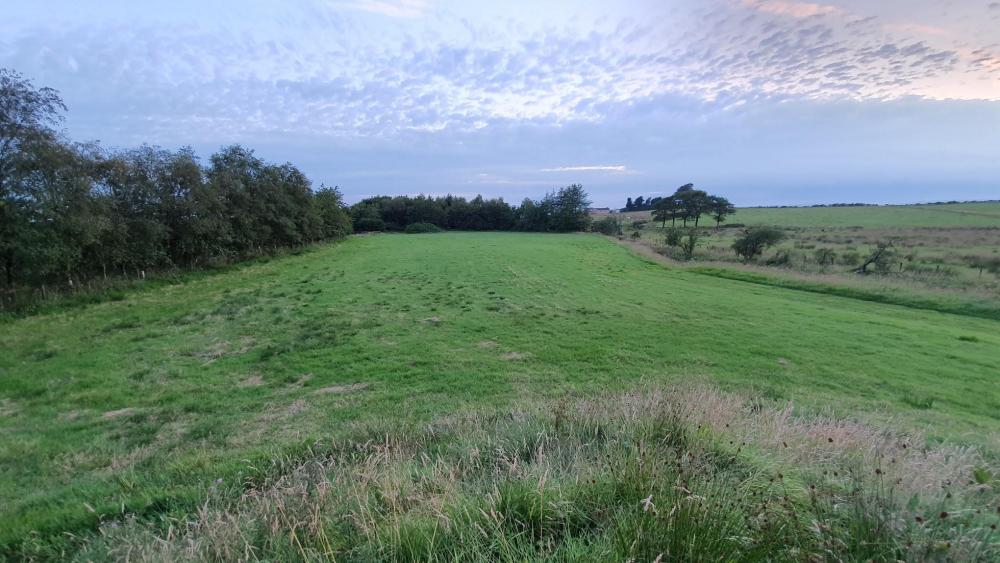
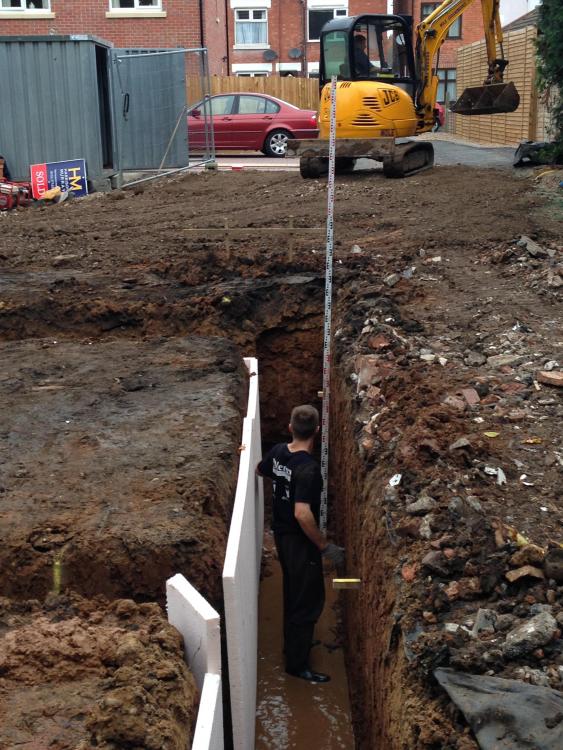
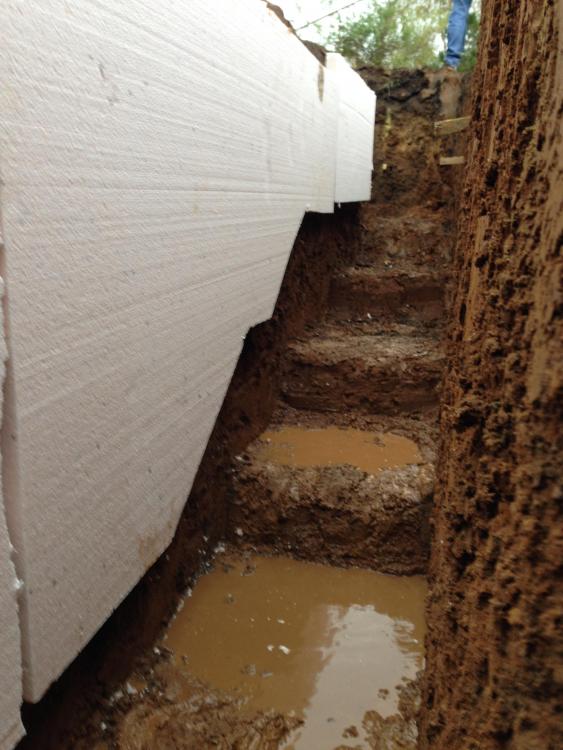



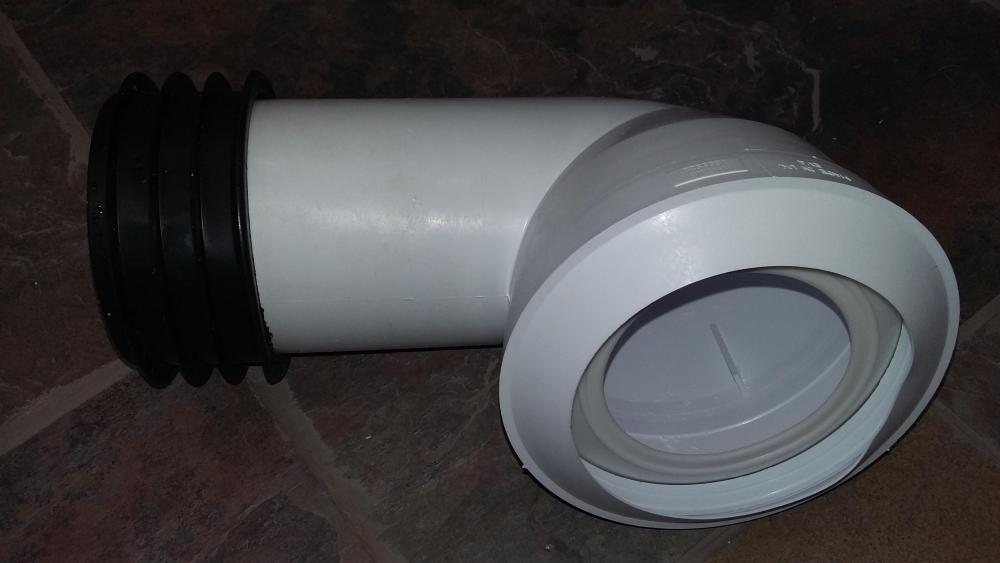
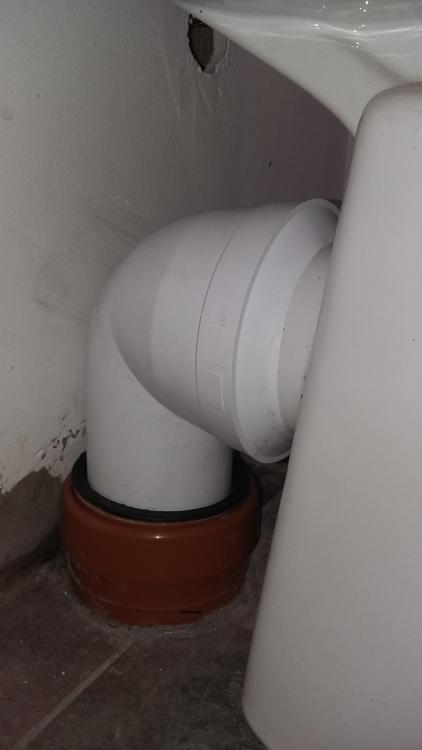







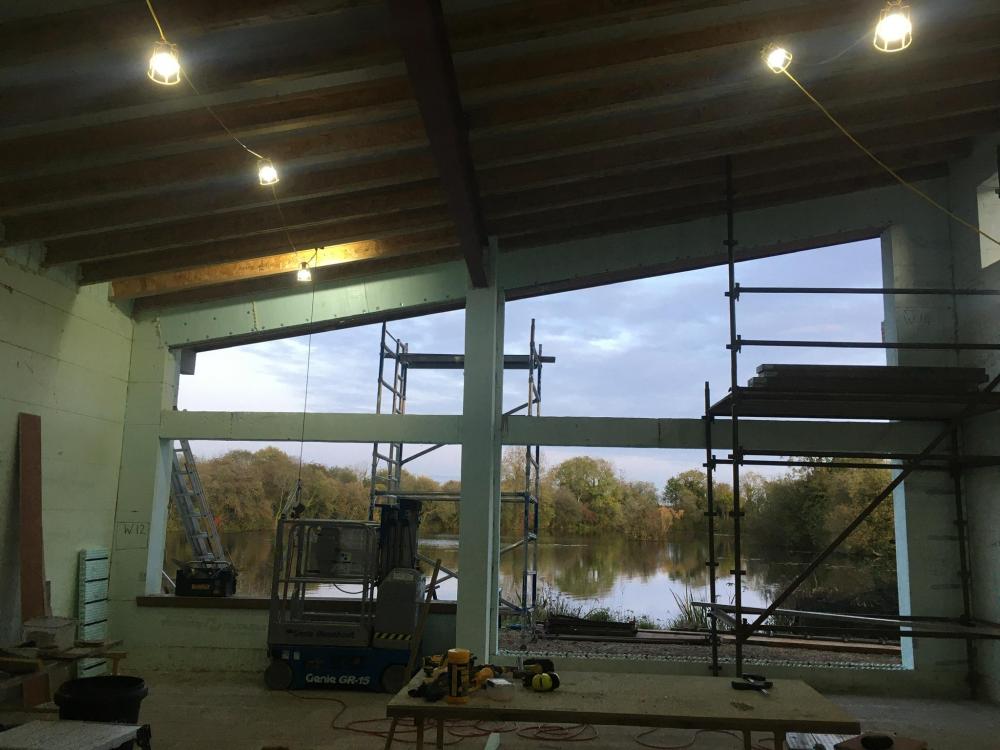
.thumb.jpg.bac90f3bbf6868cf2118d010d936c99d.jpg)
